Invasive Plants
Invasive or Aggressive plants, or those that spread rapidly or are not native to the area, pose a significant threat to our economy and environment. Through the Peace River Regional District, the City of Fort St. John is encouraging property owners to take steps to manage invasive plants in our community.
Top 5 Most Invasive Plants in our Region
Canada Thistle (Cirsium arvense)
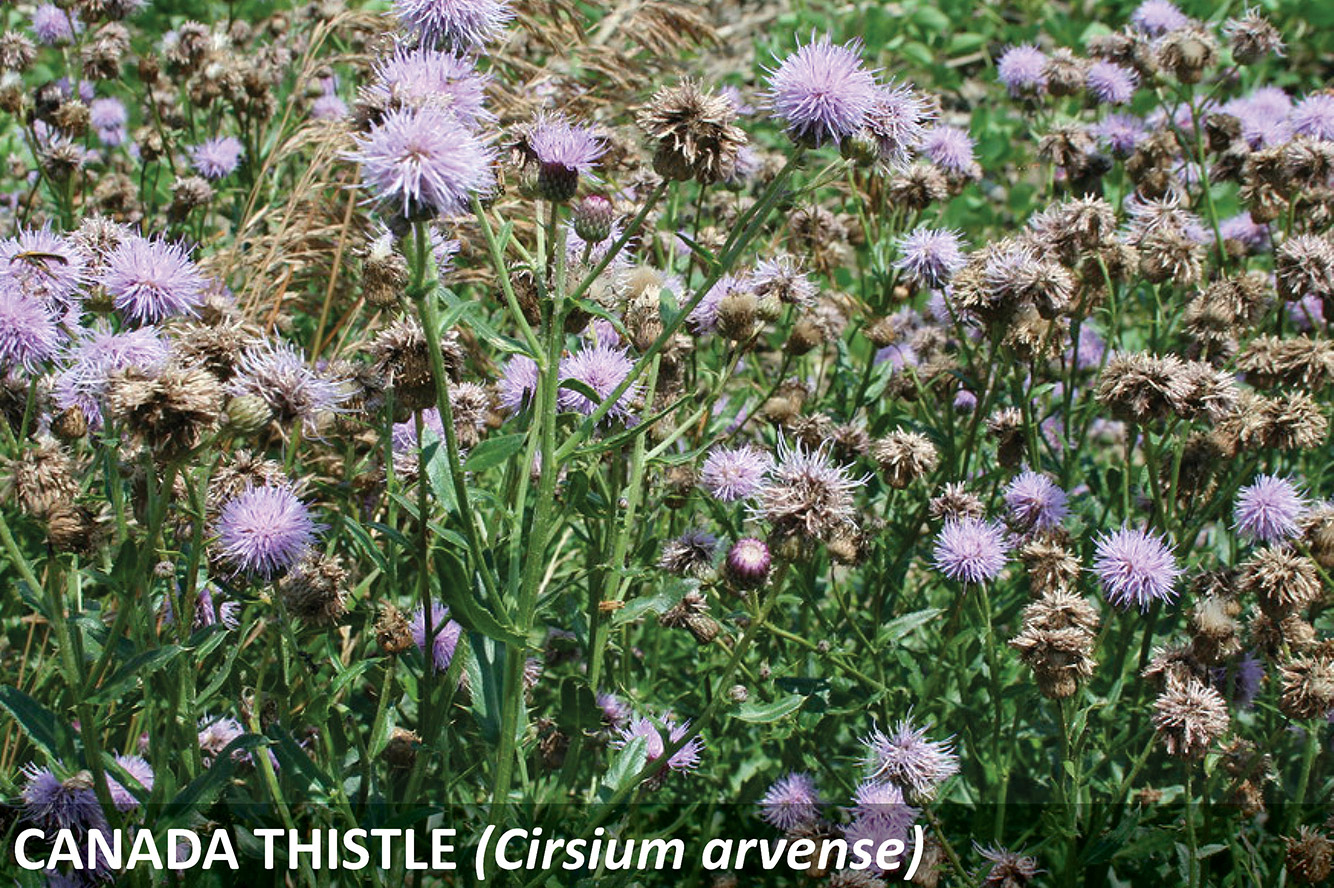
- Grows 0.3 to 2.0 metres tall
- Shiny green leaves with sharp, spiny edges
- White hairs on the leaf’s underside
- Clusters of up to five pompom-like flowers on stem tips
- Faint vanilla scent
- Seeds look like a dandelion
Common Tansy (Tanacetum vulgare)
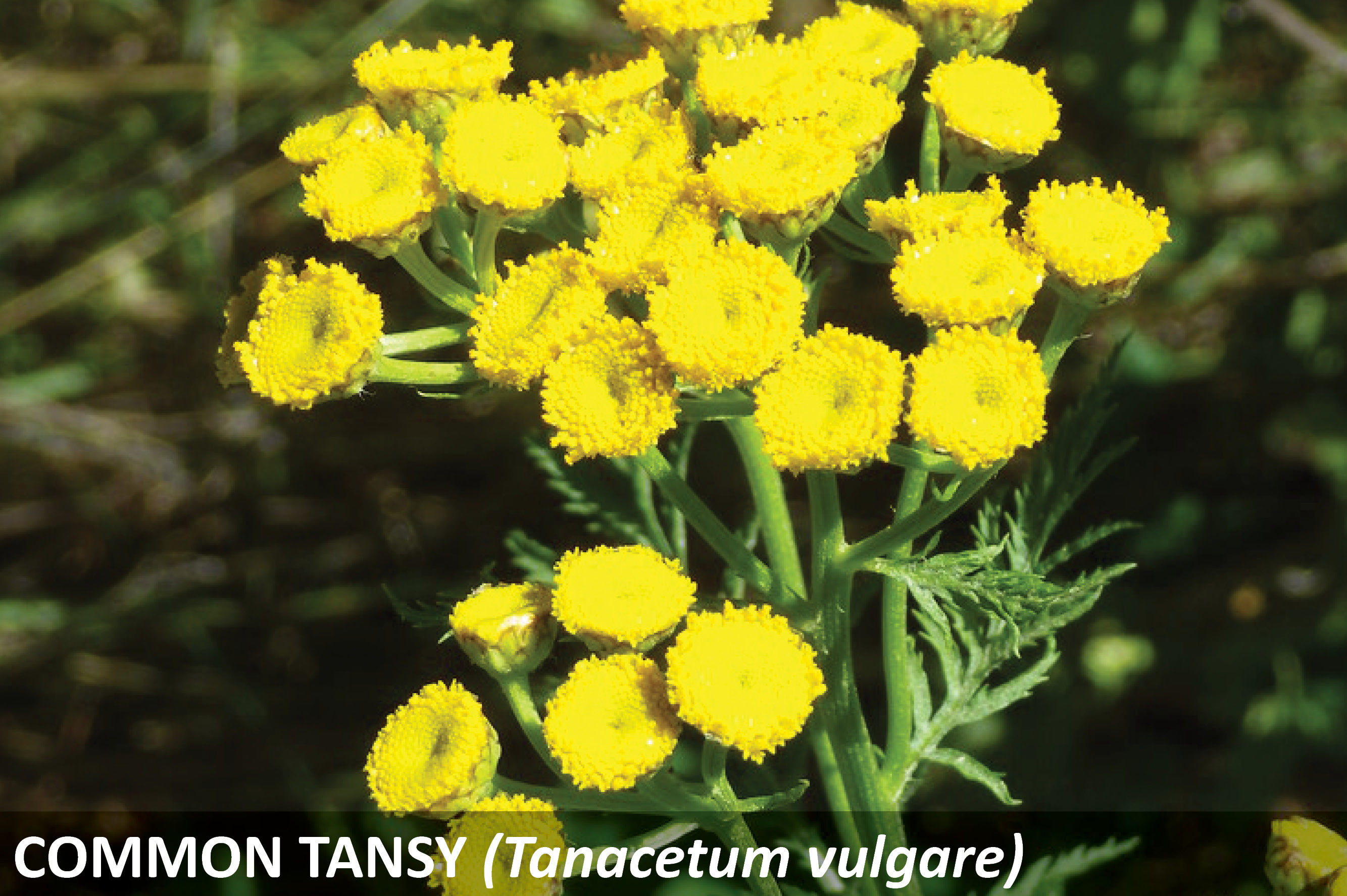
- Grows in clumps ranging from 0.4 to 1.5 metres tall
- Bright yellow, flat-topped, round flowers grow in clusters
- Dark green foliage
- Leaves look like ferns with sharp edges
- Toxic to humans and livestock
Oxeye Daisy (Leucanthemum vulgare)
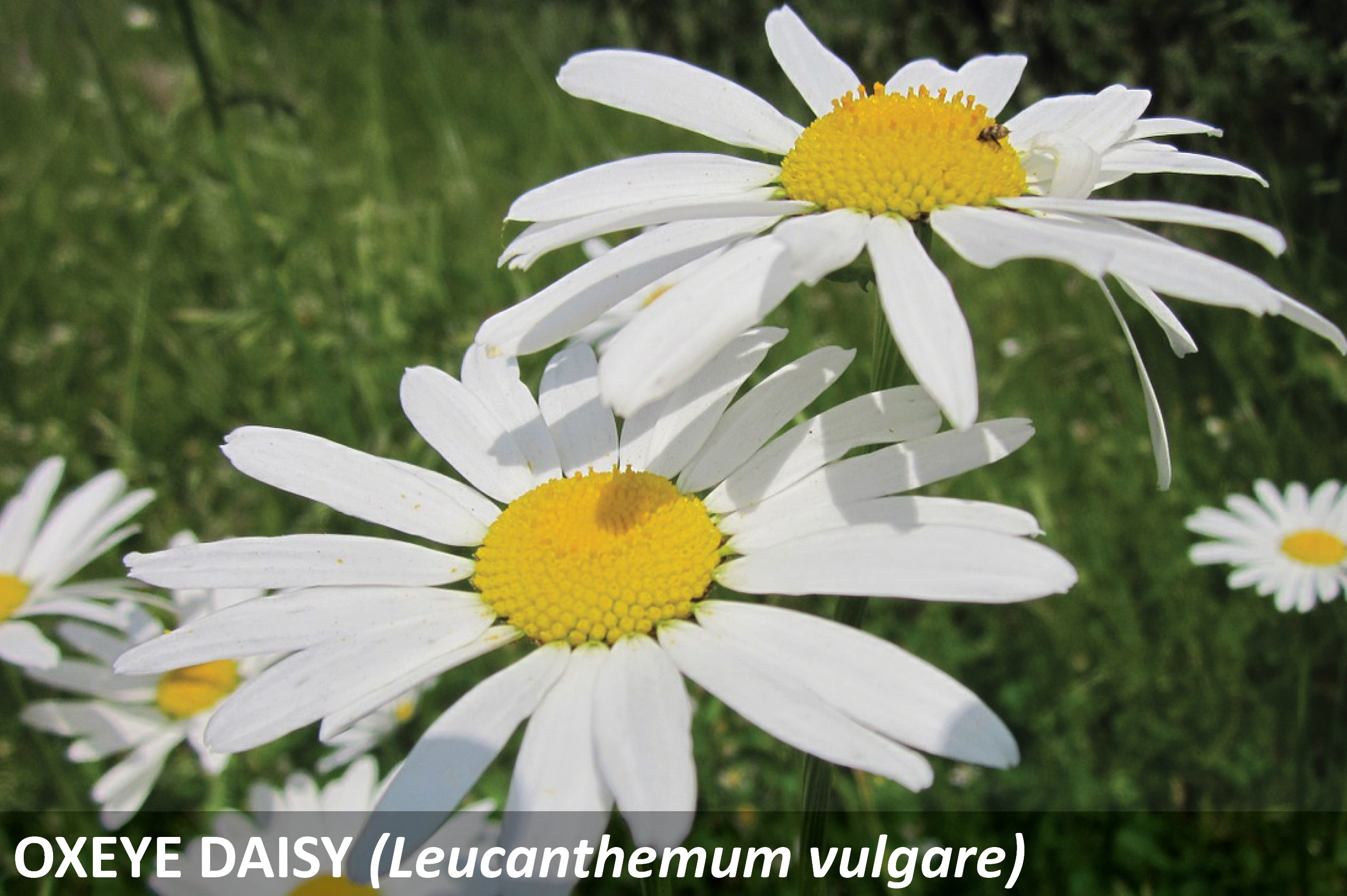
- Typical daisy-like appearance
- Single white flowers at the end of stems
- Contain 20-30 petals and a yellow center
- Stems range from 20 to 80 cm in height
- Wavy leaves that clasp toward the stem
Scentless Chamomile (Matricaria maritima)
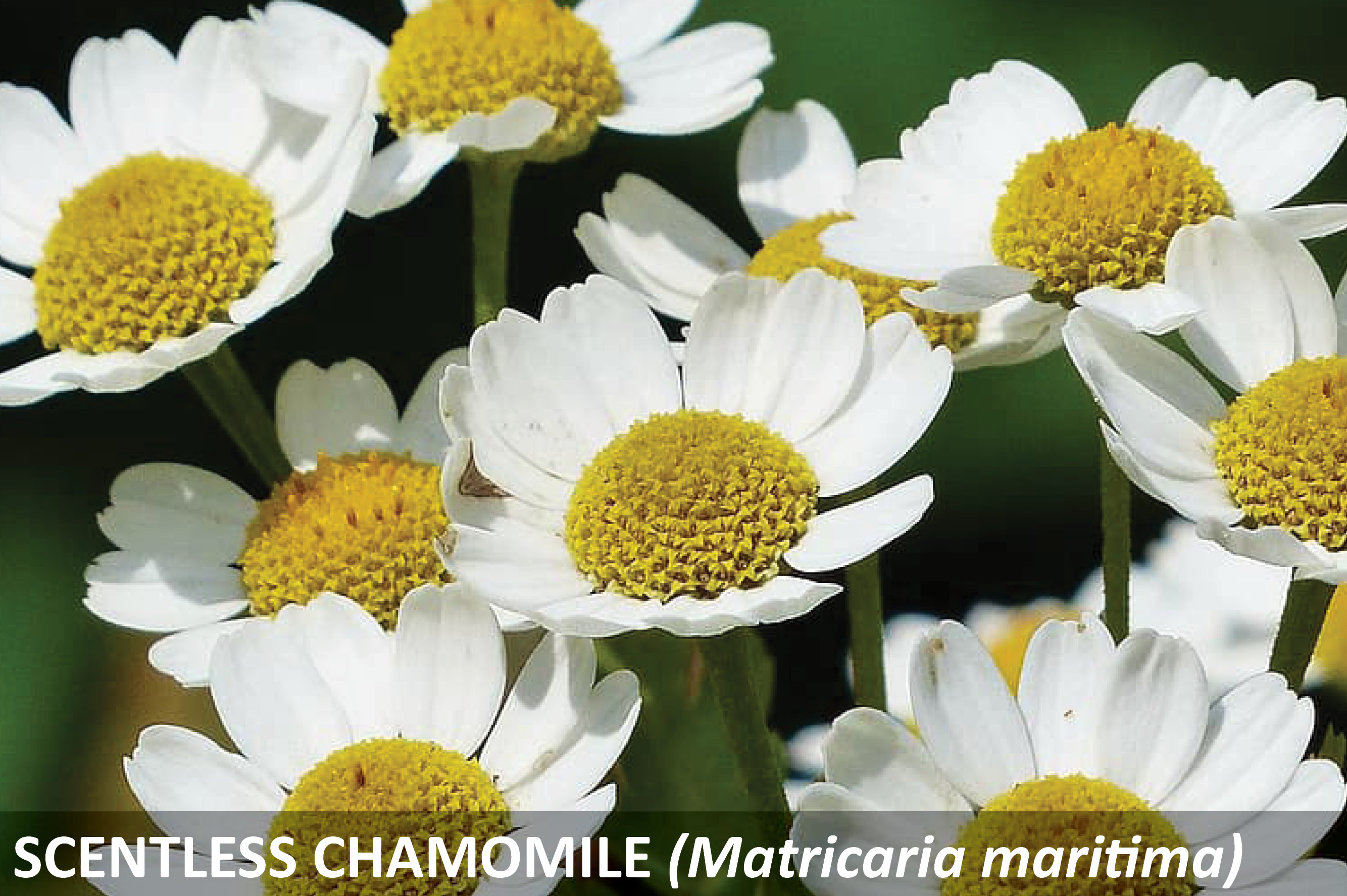
- Grows from 15 cm to 1 metre tall
- Mature plants have flowers like a daisy with white petals and a yellow center
- Leaves are small and look like frilly carrot leaf tops that grow all along the length of the stem
- Produces up to 1 million seeds per year that can survive in the soil for up to 15 years
Yellow Hawkweeds
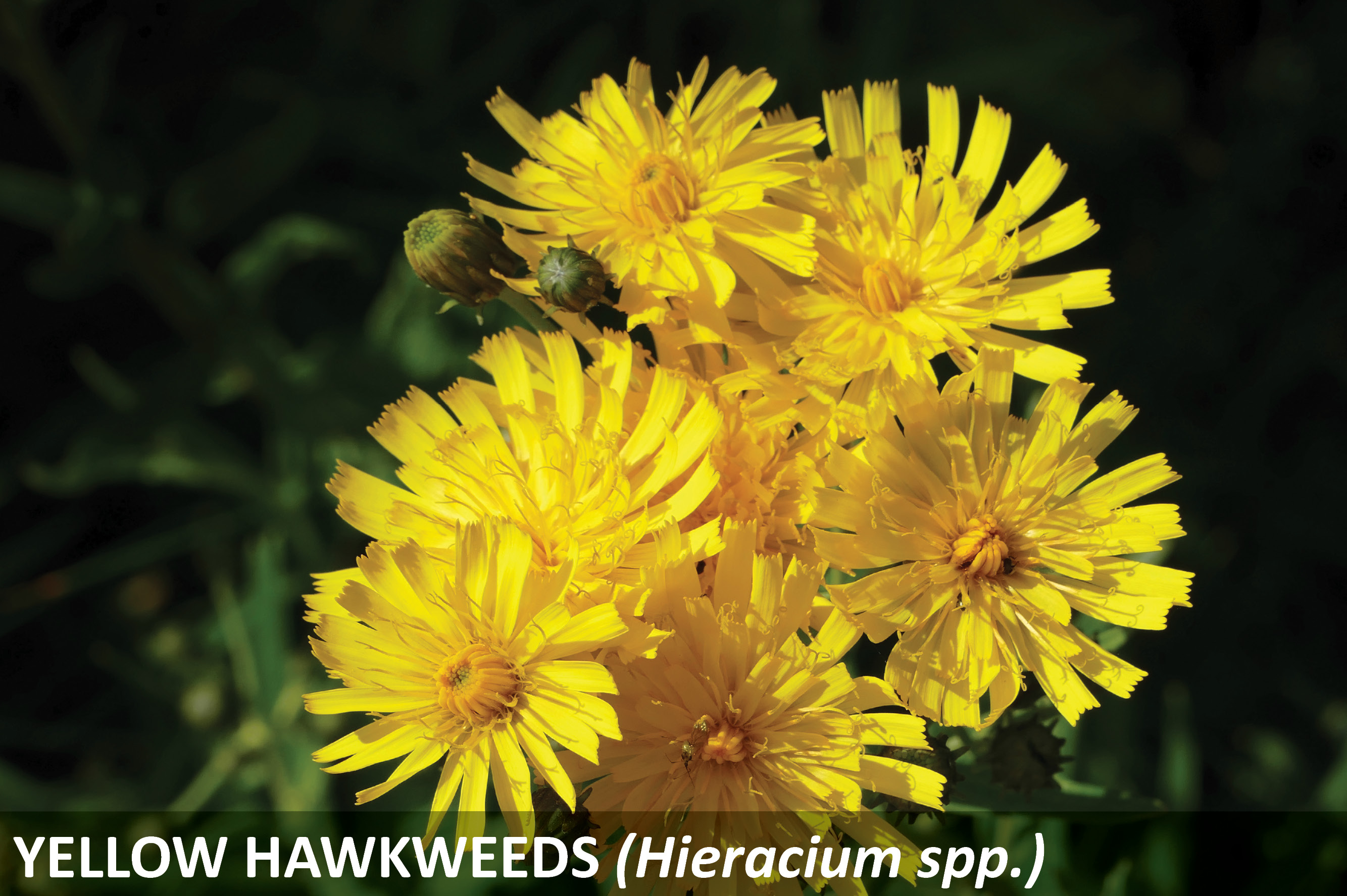
- Grows from 30 to 60 cm in height
- Bright yellow flowers clustered at the top
- Plants have bristly-hairy leaves and stems
- Few to no leaves found on the stem
- Stems contain a milky fluid when broken open
Tips to manage Invasive Plants
- Mow with a bag on and dispose of in a garbage bag to prevent seeds from spreading
- Cut the flower heads off - place in a bag and dispose of; mow or mulch the rest of the plant
- Dig or Pull - only if you can remove all the roots. If you do not get all the roots, they will sprout up from residual roots
- Spray - typically best closer to fall or spring seasons and not on a windy day
- As the seeds stay in the soil, it typically takes several years to get rid of. Try to manage the plants yearly.


